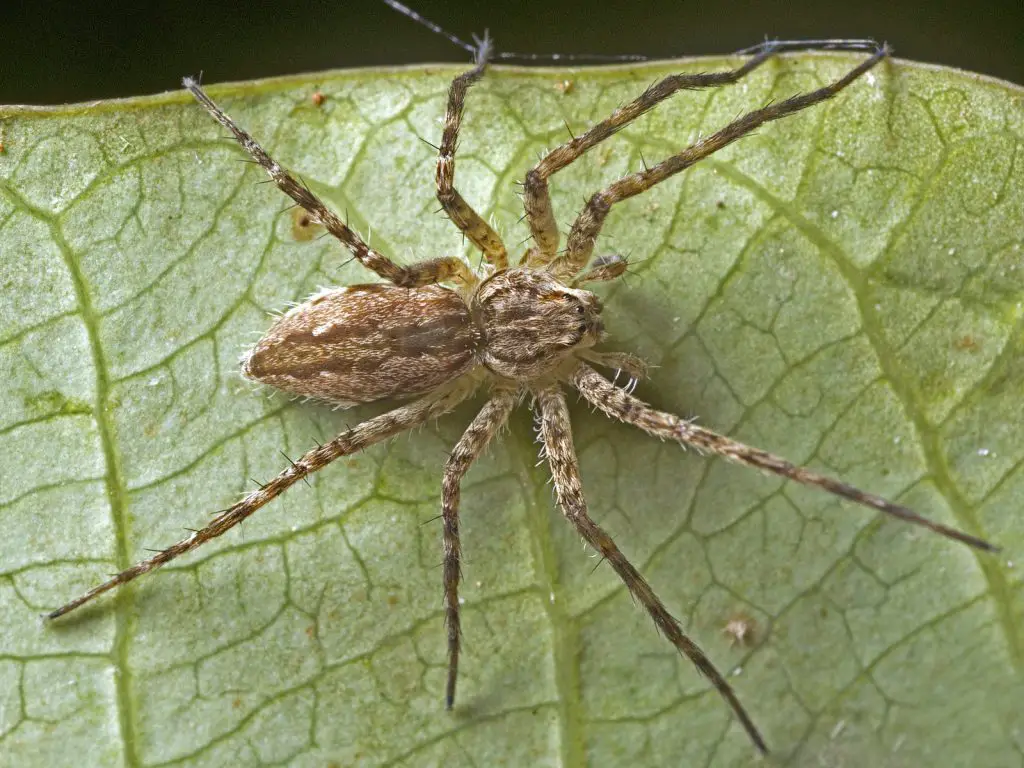Have you ever heard of a water spider? If not, you’re not alone. Water spiders are a little-known species of spider that are rarely discussed outside of scientific circles. But what exactly are water spiders? In this article, we’ll uncover the mysteries of this unique species, including where they live, what they look like, and what they eat. So, what is a water spider? Let’s find out!
Hunting Spiders
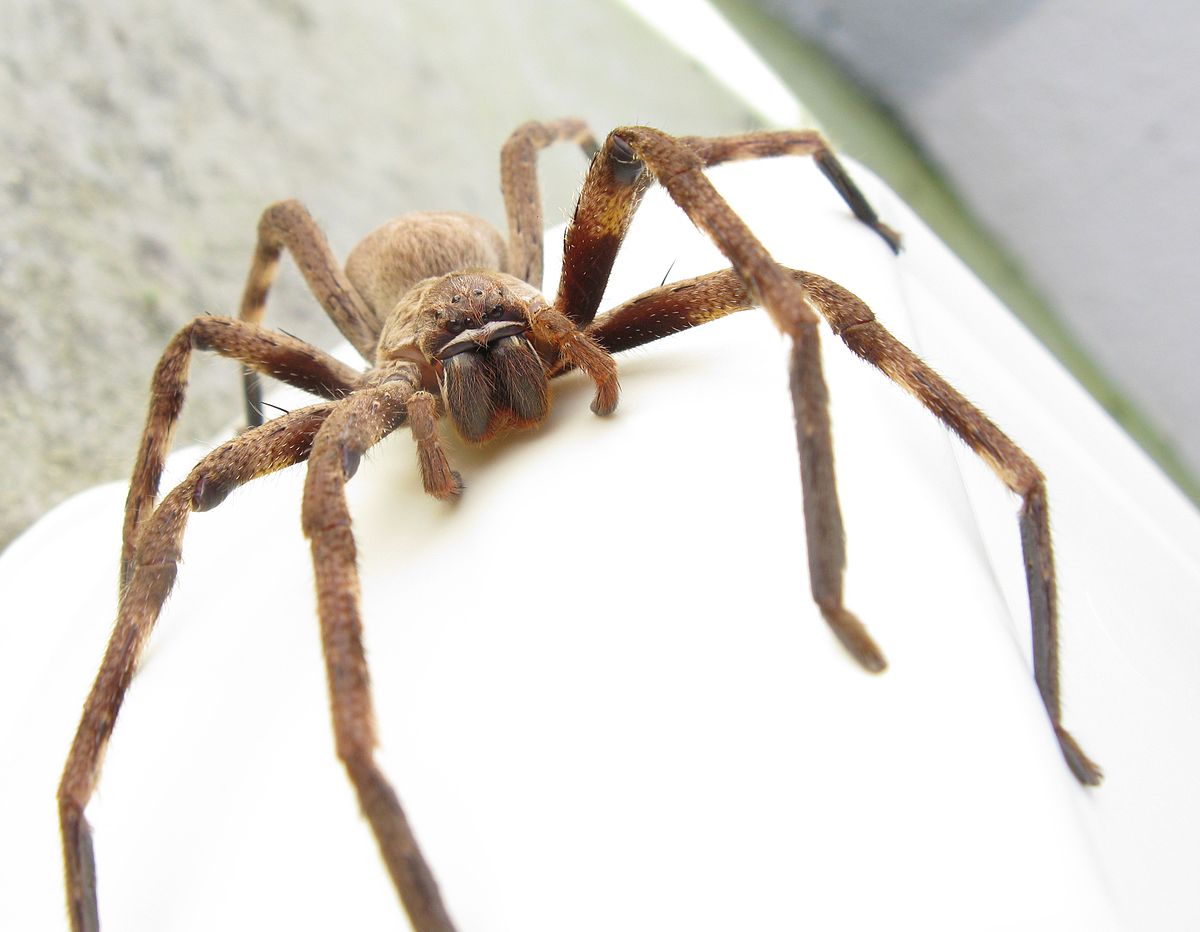
Hunting spiders rely on their eyesight, as well as their sense of touch, to locate and capture prey. They actively seek out their prey and pounce on it, using their powerful venom to paralyze it before consumption.
Web-building Spiders
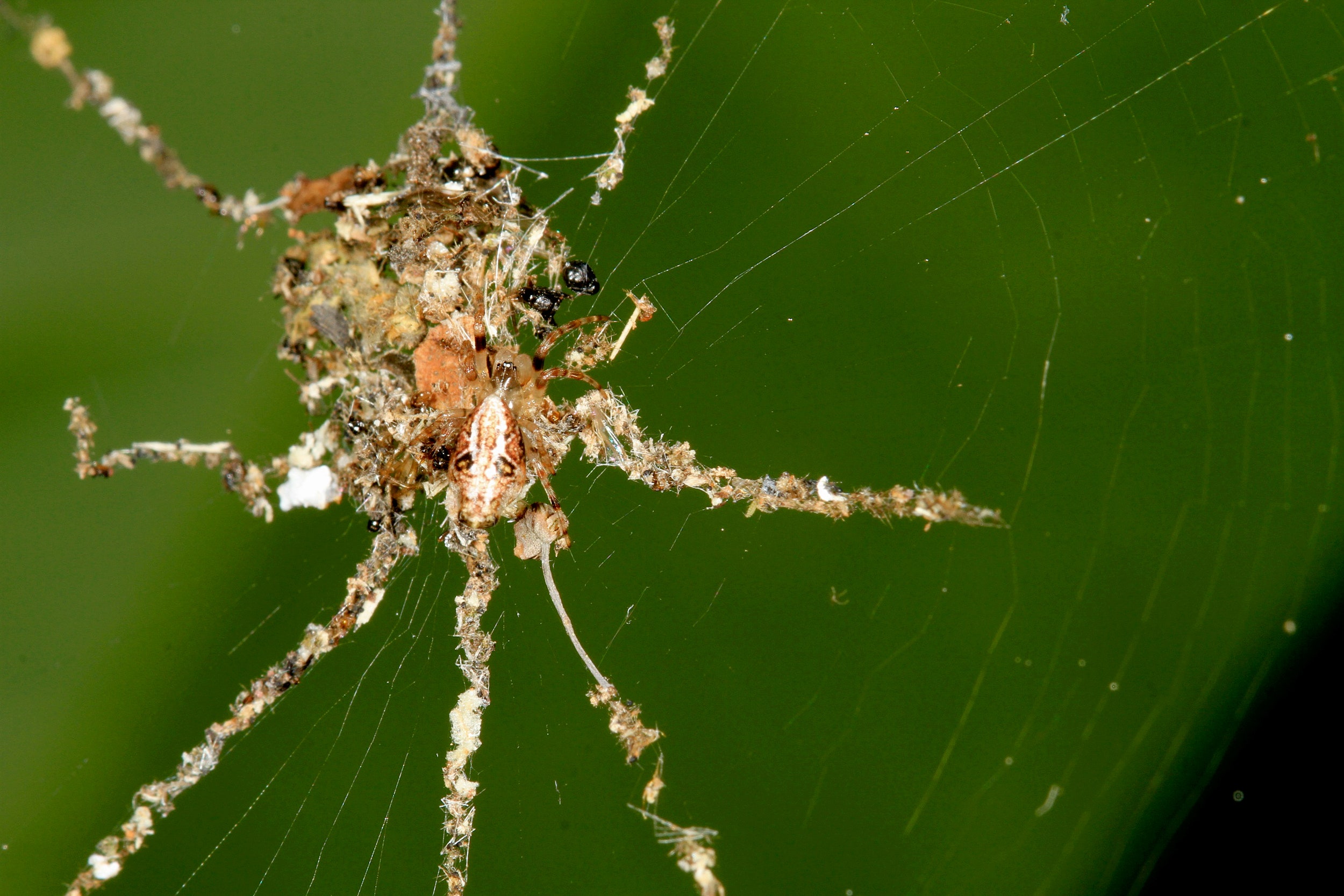
Web-building spiders weave intricate webs to capture and immobilize their prey using sticky threads. These spiders can be found in a variety of habitats, but are most commonly found in and around buildings.
Water Spiders
Water spiders are a type of hunting spider that lives in or near water. They build air-filled bubble webs, where they live and wait for their prey. Unlike other spiders, water spiders breathe underwater through the air bubble they create with their web. They use their long legs to move quickly through the water to capture their prey.
Water Spider Characteristics
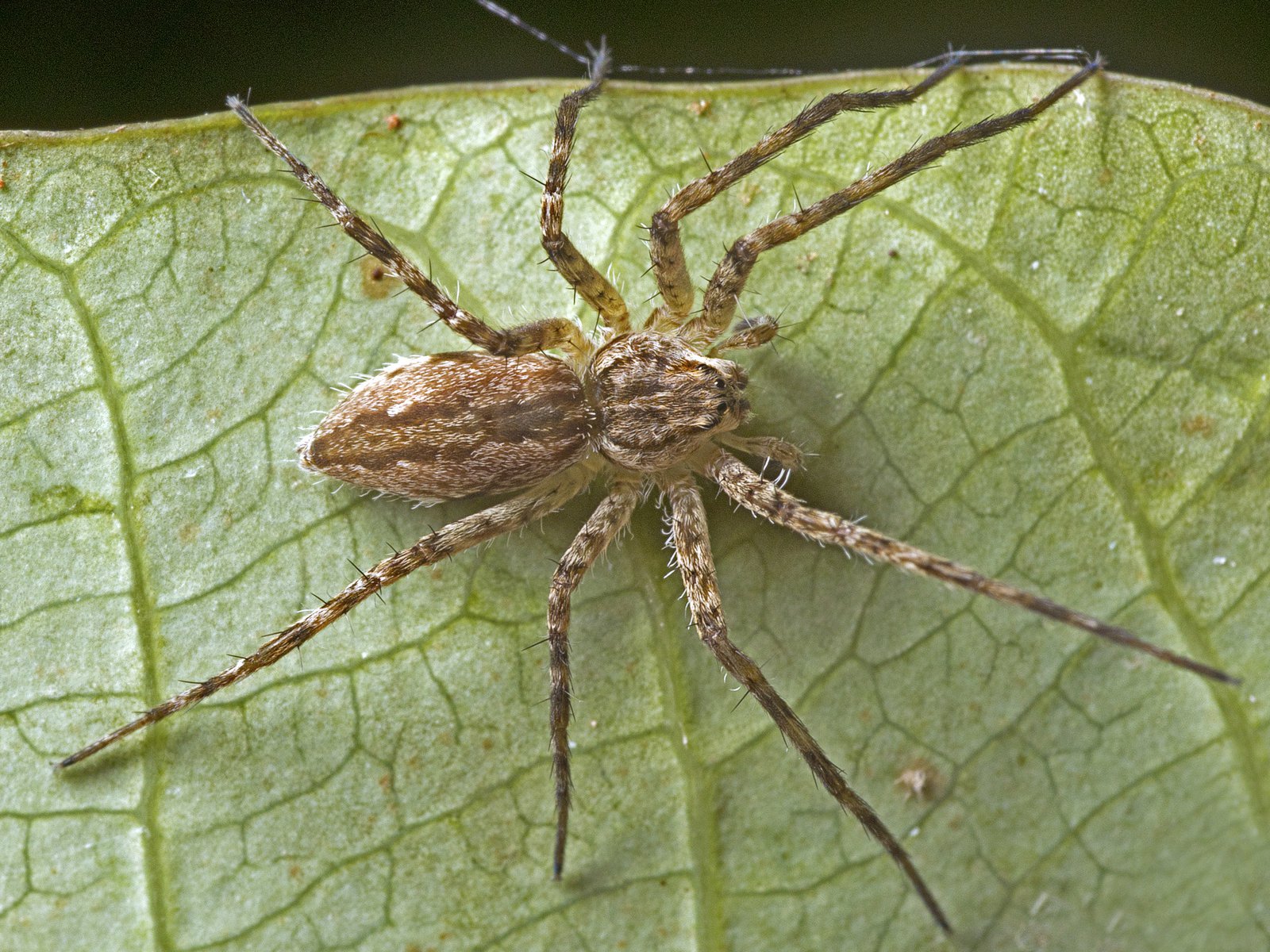
- Also known as diving bell spiders, Argyroneta aquatica is the only species of water spider.
- Water spiders can be found in still waters, such as ponds, lakes, and slow-moving streams.
- Water spiders are black and brown in color, and they have a small body and long legs.
- Water spiders can breathe underwater, thanks to a bubble of air they create around their abdomen.
- Water spiders can stay underwater for up to an hour and can dive up to 30 meters.
- Water spiders are capable of spinning a web underwater, which they use to catch prey.
- Water spiders feed on small aquatic insects, such as mosquitos, and other invertebrates.
Water Spider Behavior
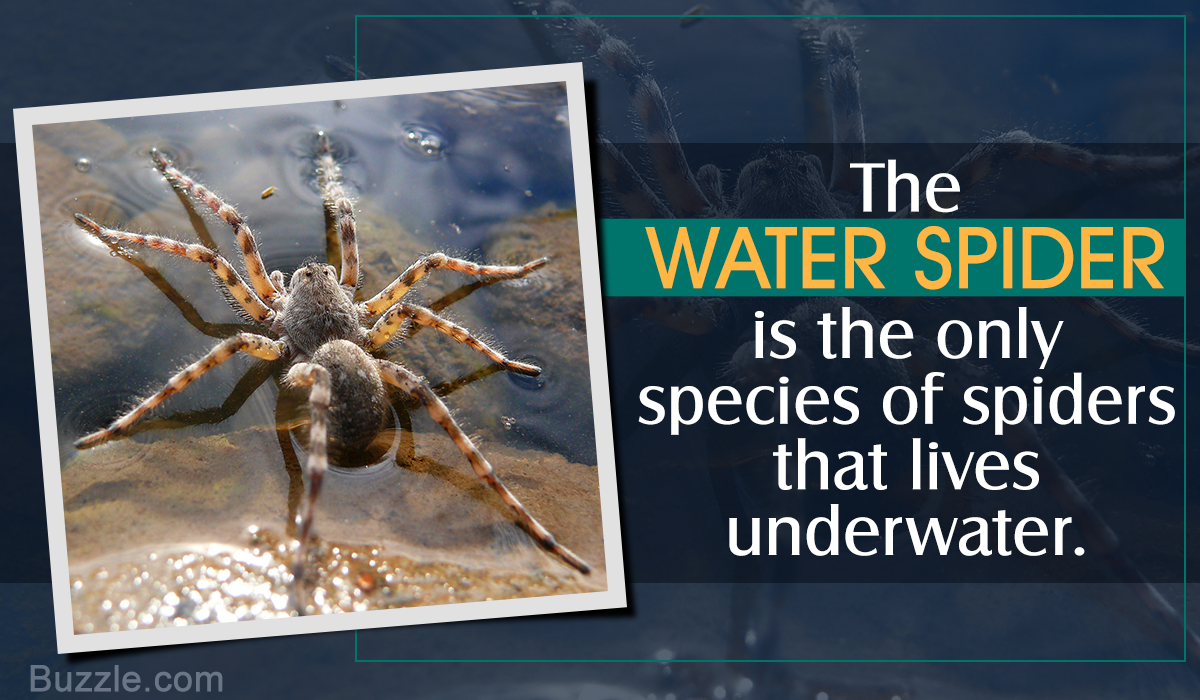
- Water spiders are predators, feeding primarily on small aquatic insects, tadpoles, and fish.
- They build a diving bell out of silk and air bubbles to breathe underwater.
- Water spiders hunt by ambush, hiding in their webs or diving bell and waiting for their prey to come to them.
- They also actively hunt, using their silk to capture prey and their powerful legs to swim.
- Water spiders are also able to escape from predators by releasing a cloud of bubbles that confuses and distracts their pursuer.
- When threatened, water spiders will also retreat to their diving bell or hide in vegetation.
Water Spider Habitats
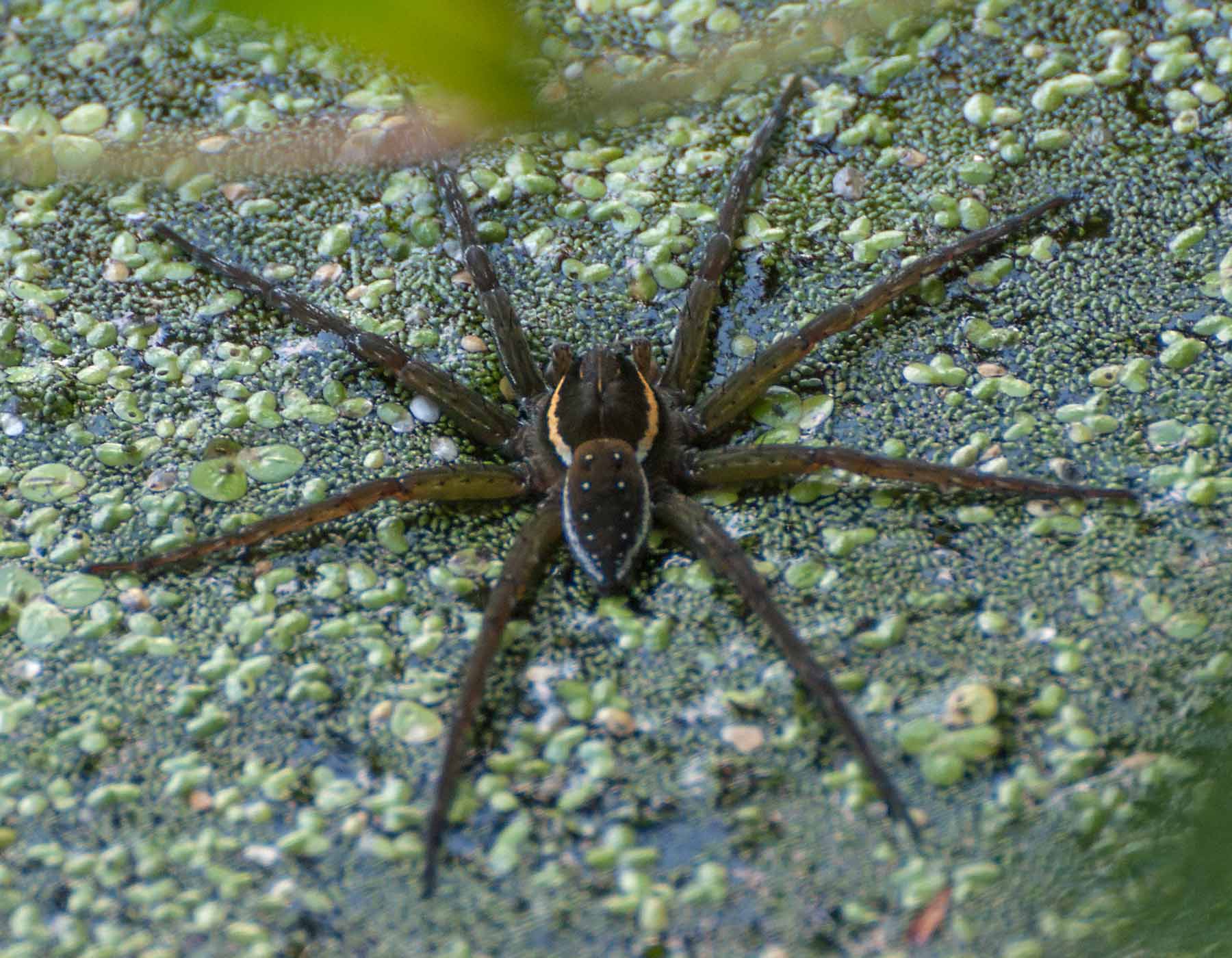
- Water spiders are found around the world in both fresh and salt water habitats.
- They are found in shallow lakes, ponds, streams, and rivers.
- They can also be found in marshes, swamps, and flooded areas.
- They are usually found near the shoreline of these areas.
- They can also be found in sewage systems, water tanks, and water-filled containers.
- Water spiders prefer to live in areas with dense vegetation, such as reeds and cattails.
- They are also found in areas with decaying vegetation and mud.
- Water spiders are also found in the crevices and cavities of rocks and logs in water-filled areas.
Water Spider Reproduction
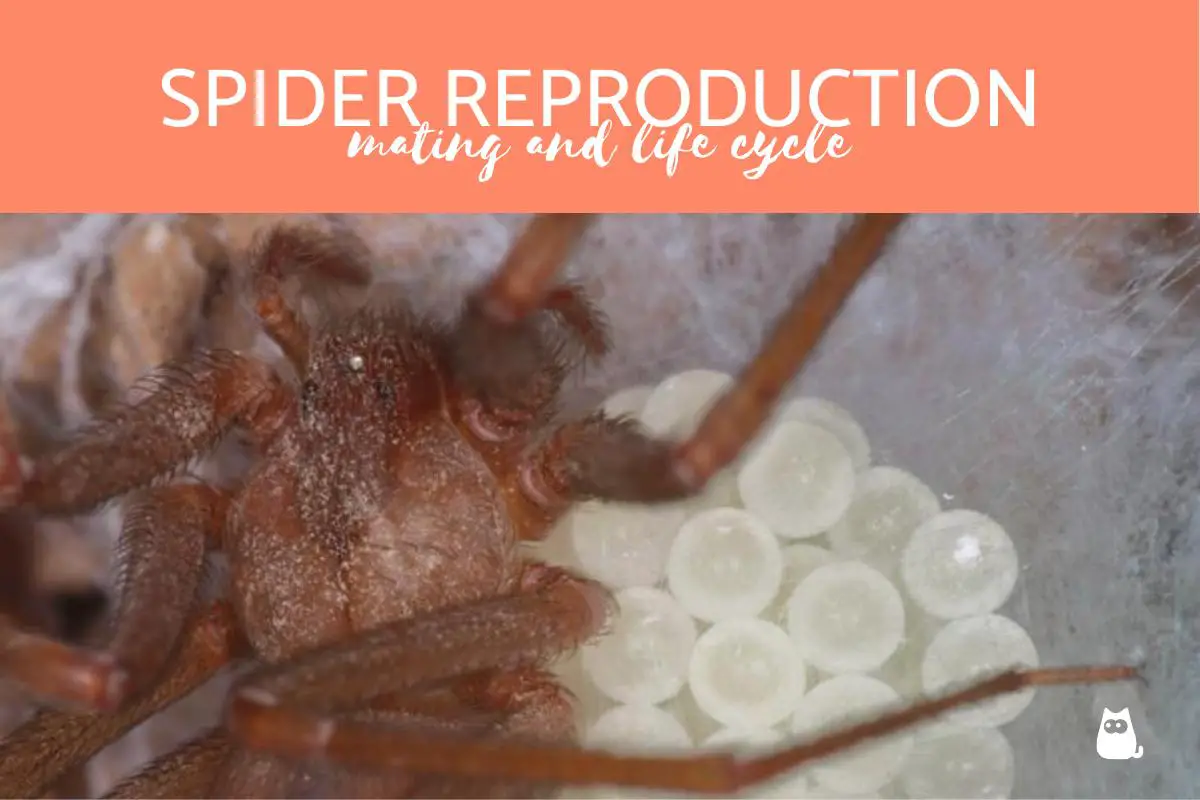
- Water spiders reproduce sexually and lay eggs in the water.
- The eggs are laid in airtight sacs, which are attached to aquatic vegetation.
- The eggs hatch into larvae, which then feed on aquatic insects and other small organisms.
- When the larvae reach maturity, they molt and emerge as adults.
- Adult water spiders live in the water, where they feed on aquatic insects and other small organisms.
- The water spider’s lifespan is around one year and they reproduce once a year.
Interactions with Humans
Water spiders are generally not a threat to humans, as their primary source of food is aquatic insects. However, they can sometimes become a nuisance if they build webs near or around human dwellings, such as homes and gardens. The webs can make it harder for humans to move around, or can be unsightly. If this is a concern, the webs can be easily swept away or removed. Water spiders can also bite if provoked, but their bites are not known to be dangerous.
Water Spider Conservation
| Conservation Status | Conservation Initiatives |
|---|---|
| Endangered | Aquatic habitat restoration, Invasive species control, Reduce water pollution |
Water spiders are currently listed as an endangered species due to habitat loss and water pollution. Conservation efforts have been put into place to protect the species, including aquatic habitat restoration, invasive species control, and reducing water pollution. Additionally, local authorities have been encouraged to take action to protect the habitats of water spiders.
Frequently Asked Questions
What is the scientific name of the water spider species?
The water spider, also known as the diving bell spider, is scientifically known as Argyroneta aquatica. It is the only species in the genus Argyroneta, and is a member of the family Cybaeidae, commonly known as the water spiders. This species is found in still or slow-moving freshwater bodies, such as ponds, lakes, and canals, all over the world.
How does the Water Spider breathe underwater?
The water spider is able to stay submerged for long periods of time, up to 24 hours, thanks to its unique adaptation – a waterproof silk air pocket. This silk pocket is built by the spider on the water’s surface and is filled with air, allowing the spider to breathe underwater. The silk pocket also provides insulation, and the spider can move freely within it.
What type of habitat does the water spider prefer?
Water Spiders prefer to live in still bodies of water like ponds, marshes, and swamps. They are usually found near the surface of the water, but can also be found under rocks or plants for protection. They are also found in slow-moving streams and rivers. Water Spiders are also found in areas with a high concentration of vegetation.
What is the Average Lifespan of a Water Spider?
Water spiders usually live for around one year. The female water spider will lay her eggs in a sac that she attaches to her web. She guards the egg sac until the eggs hatch and then dies shortly afterwards. The baby water spiders will then disperse by floating away on the surface of the water.
How do Water Spiders Hunt for Prey?
Water spiders hunt by building a diving bell from silk and air bubbles which they carry underwater with them. This diving bell is used to trap air bubbles and create a pocket of air which the spider can breathe in. Water spiders will also feed on both aquatic and terrestrial prey, with their main diet consisting of small aquatic insects, such as mayfly larvae and mosquito larvae. They will use their silk to create a net which is used to trap prey, or alternatively use their legs to catch prey that are swimming nearby. They will also build a web on the surface of the water, using ripples and waves to lure fish and other prey towards it.
Conclusion
Water spiders are a little-known species of spider that spends most of its life underwater. They have a unique adaptation to diving and can stay submerged for up to 30 minutes, earning them the nickname “water spiders”. They live in a variety of habitats, including rivers, ponds, and lakes, and feed on aquatic animals. They are an important part of aquatic ecosystems, helping to keep the environment in balance. Although much about water spiders remains a mystery, further research into their behavior and role in aquatic ecosystems could help us better understand the species and its importance.

